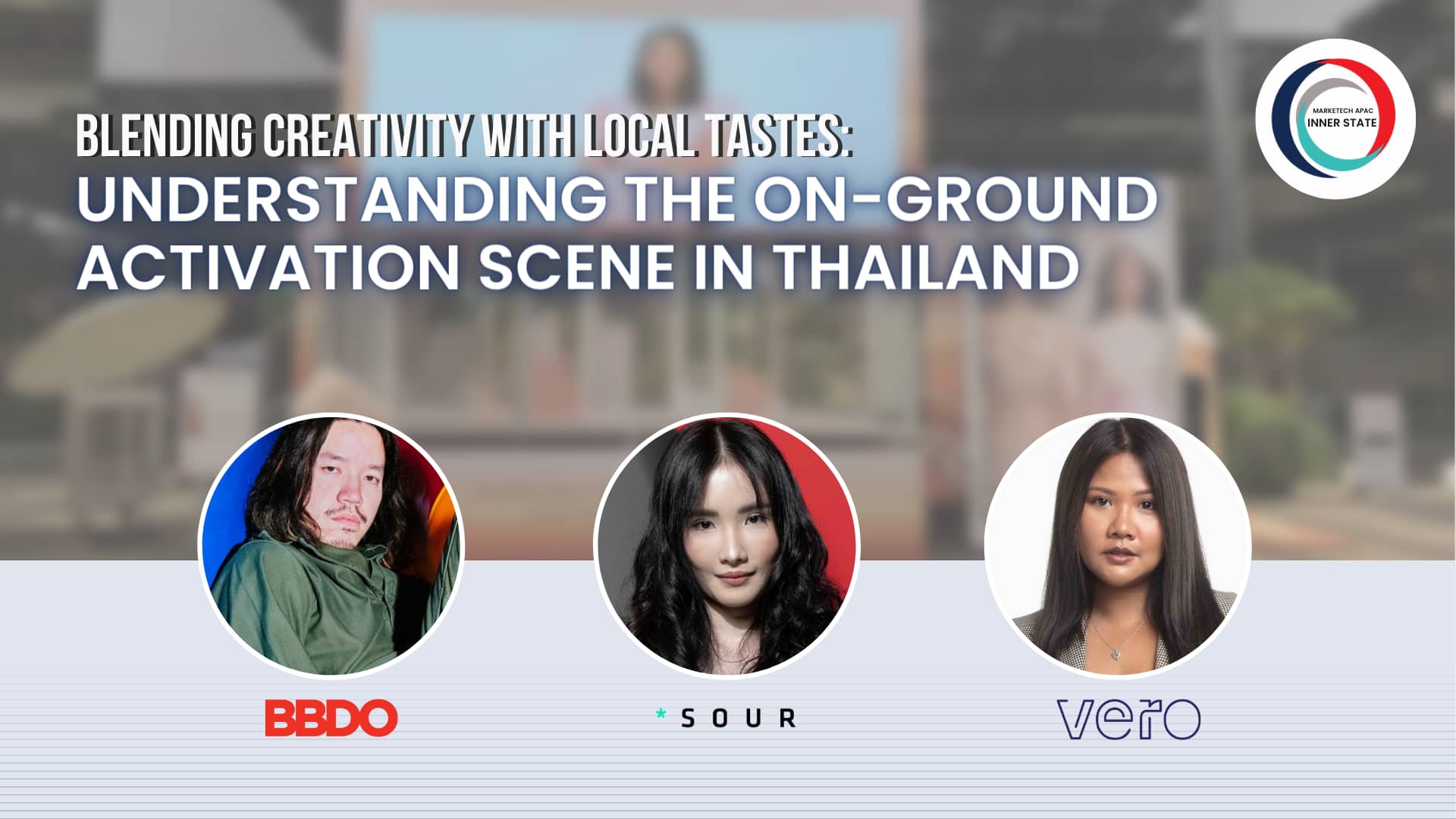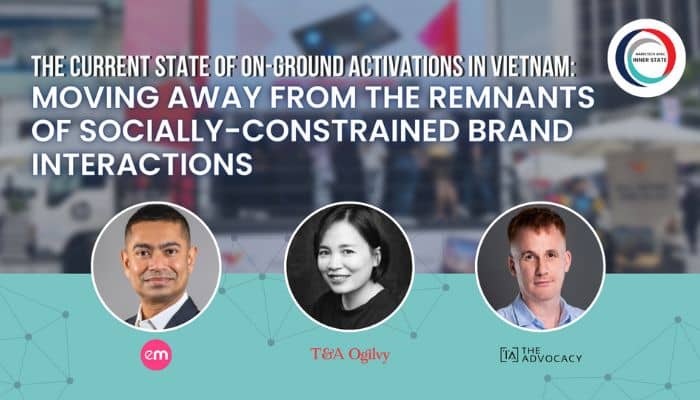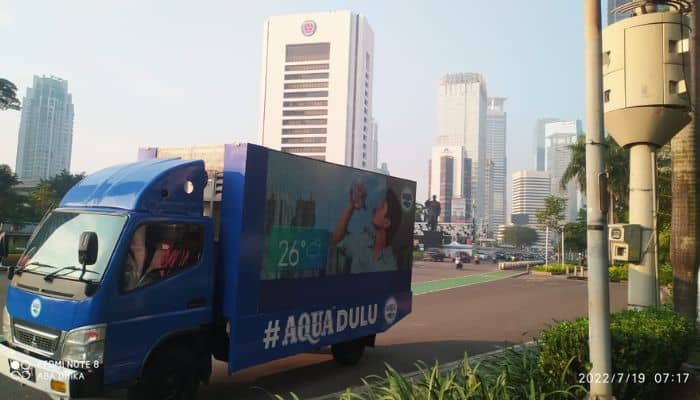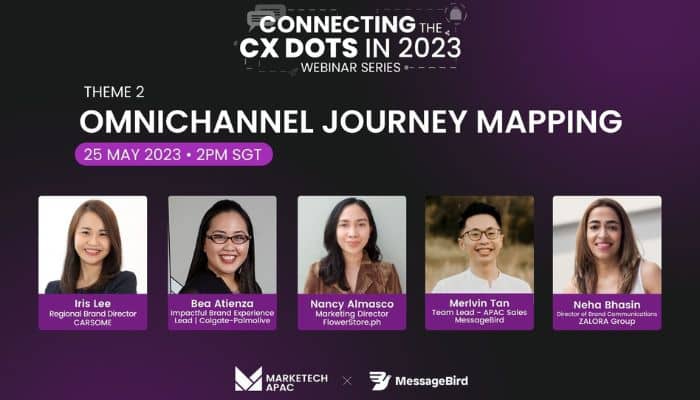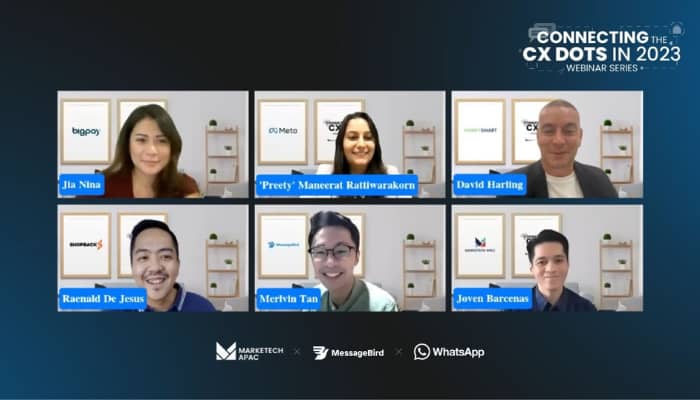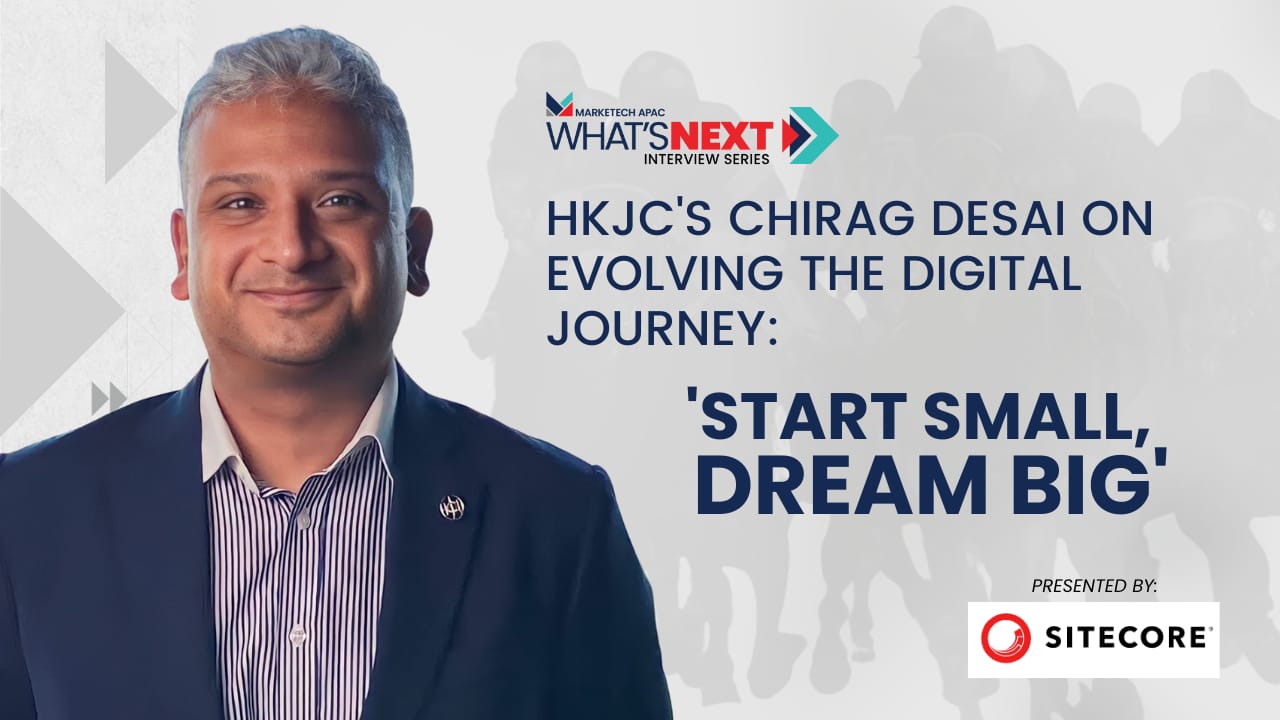Despite our move to a highly digitised space, it is undeniable that traditional and tangible experiences still matter for both brands and consumers. For the former, it allows them to engage more organically with their target market, whilst on the receiving end, consumers are given the opportunity to gauge the brand’s authenticity.
This is quite evident with the continuous use of on-ground activations by brands—even right after the pandemic. Aside from deep engagement, the strength of such marketing strategy comes from its potential extensive reach, being able to tap into a variety of audiences all at once. But the challenge remains—how can brands successfully deliver a campaign that would cut across audiences?
To truly learn how such marketing channels evolved through the pandemic, the latest instalment of MARKETECH APAC’s The Inner State has invited industry experts across several markets in the Asia-Pacific region. For this specific feature, we are going to deep dive into the Thai scene, through the perspective of marketing leaders from Vero Thailand BBDO Bangkok, and SOUR Bangkok. We have invited Umaporn Whittaker-Thompson, Vero’s vice president of brand public relations and influence,Thasorn Boonyanate, BBDO Bangkok’s chief creative officer, and Nopparath Eksuwancharoen, Sour Bangkok’s creative director and head of art to share with us first-hand what has changed on this front, and the challenges and opportunities that are lurking behind this social-led strategy.
Mounting an on-ground activation post-pandemic
We are not oblivious to the fact that the pandemic brought a multitude of changes with how brands engage with their consumers. But for a physical strategy such as an on-ground activation, what can we expect as we resume its use?
For Vero’s Umaporn Whittaker-Thompson, one of the notable developments in the new normal are the benchmarks set in determining as well as in predicting the success of an in-person campaign. Now that digital has been truly embedded in everything we do, we must factor this in even with initiatives that are centred on physical engagement. This would mean considering metrics such as an on-ground activation’s social media and online reach.
Whittaker-Thompson said it’s about developing mechanisms that would drive participants to online downloads and purchases.
“This is [the time] where we track the success of each campaign not just by telling the estimate of the eyeballs or people who are going to be at the event…[brands] want a more measurable number or [amount of] downloads [translated] as engagement and user participation,” she said.
Meanwhile, for Sour Bangkok’s Nopparath Eksuwancharoen, the biggest change in doing on-ground activations is that brands and agencies must now also think of their online-active consumer base in a post-pandemic activation. Simply put, those who watch online must have almost the same experience as those being on-ground.
Citing their agency work with Thai rum brand SangSom, she notes that during pre-pandemic times, there is a definite estimation of how many people would engage with the brand’s on-ground activation based on an event attendance. Now, the brand and agency have also come up with ways to engage with their online audience.
“One main difference that I think this industry has shifted, is that before the pandemic, if you do the on-ground [activation], it’s just the on-ground audience that’s engaged. But right now we never exclude the online audience from that. So basically, like if I do a concert for the brand that the SOUR [Bangkok agency] would do the activation, we will have the on ground event but the online audience is never left out.”
Challenges and opportunities for brand activations in the Thai market
Coming fresh from a limited social setting, BBDO’s Thasorn Boonyanate said one of the challenges in making physical activations a success is audiences’ halved confidence in participating in such. Whilst some are highly enthusiastic about going back to physical activities, this is not a blanket case.
Meanwhile, Whittaker-Thompson admitted that activations such as those that have mobile trucks as their platform are not so common in Thailand as it is more preferable for brands in the market to go for outdoor advertising such as OOH media in tuk-tuks.
“I think the key highlight of these [mobile] trucks are these LED screens where we show the ads, and the asset of the campaign. [This will depend] on how we will create the creative which will hook the attention of our target audience,” she said.
Moreover, Eksuwancharoen adds that doing a mobile truck on-ground activation would not work on a standalone basis. She adds that it could work as part of a much larger physical campaign. Moreover, given the tropical climate of Thailand, it would be impractical for brands to use a standalone mobile truck activation as many Thais prefer to stay indoors most of the time.
Whilst there are challenges in said marketing strategy, all industry leaders agree that such format also inevitably presents an opportunity for brands to show their creative prowess.
“I think creativity is the main thing about it, because with the consumer getting used to a lot of creative options from the brand [as well as] alternatives from [other] brands, [it now] depends how we are going to visualise and convey the message [of our campaign],” said
Whittaker-Thompson.
Creative collaboration as a two-way system
At its core, an on-ground activation must have a collaborative spirit, both from how it is brought to fruition and the communication it activates amongst consumers.
Boonyanate says such campaigns must be a two-way system, whilst Whittaker-Thompson asserts that it shouldn’t ‘exist on its own’. By the latter, Vero’s marketing leader meant incorporating a variety of other interesting marketing initiatives into an activation such as influencer marketing and an omnichannel-led strategy.
“We have to blend in [our take on] creativity and show [the brands] that we are here to talk about [the] products, what’s [the] key message of the product, key selling points, and [then] we would like to provide a creative experience that people will think about a brand in a way that [is] engaging,” she explained from the agency side.
She also specified the campaign must be ‘special and surprising’.
“It’s hard to compete with [other brands]. But what we can do to stand out is how we create a unique consumer experience from the beginning, how we inform them about events, what we can do to create an experience that better suits their interests, and keep them engaged,”
Meanwhile, Boonyanate said, “I think the most important thing about this activation is that you need to be where they are, [it] has to be on the right spot, in the right location, [and] for the right audience, and then your idea will shine for sure.”
Lastly, for Eksuwancharoen, an understanding of creating an offline-to-online (O2O) activation is important for brands to consider when doing on-ground activations. Basically, no consumer must be left behind, as all channels are utilised.
“I used to do a lot of on grounds that people [attend to where] it’s just a[n on ground activation]. So the audience is quite limit[ed] [and] you don’t [have the chance] expand the audience to [include] online. So, I think the greatest tip [for on ground activation is] that to expand from on ground to online.”
This feature is done in partnership with Unicom Marketing.
Unicom Marketing is an event management company spanning Southeast Asia that provides full-service such as roving event trucks, on-ground activation, online digital activation, and virtual event management.



